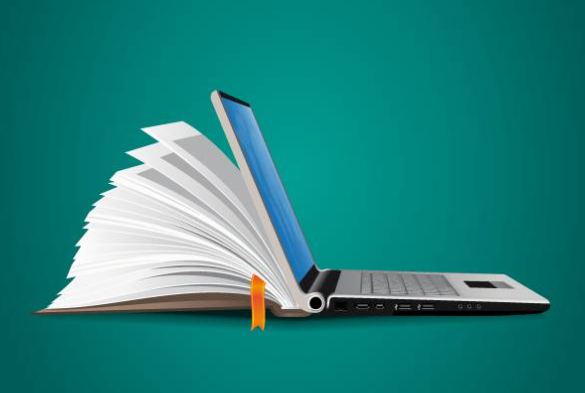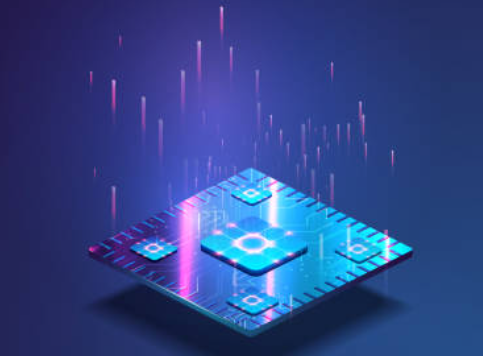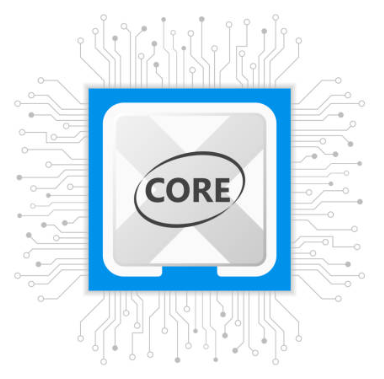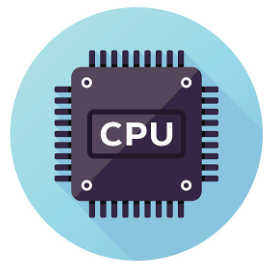A laptop today isn’t cheap. Like me, you’ve been hunting for laptops. We can’t keep up with today’s technology or language.
When I initially got into computers, I just assumed that the higher the number next to the CPU, the faster the laptop. No more. So I developed this simple laptop guide.

We’ve created a dictionary to help you learn laptops Just the important terms will be taught so you may confidently look for laptops at Amazon, Best Buy, Costco, and other places.
Laptop Buying Guide: Detailed Explanation of Every Specification
Let’s have a close look at each specification mentioned before buying a laptop.
Processor
It’s a laptop’s main part. It runs your applications’ calculations and instructions. The processor is required to access files, execute movies, and type articles. A faster clock means a speedier app.

Certain programmes need a particular “CPU Speed” to function properly. The quicker your CPU, the more apps you can run at once.
What Is A Core?
A core is a CPU subset. A quad-core has four and a dual-core has two. These cores process your applications’ data. More cores = faster applications.

More brains are better. Faster repair. More cores help certain applications, while others rely on “clock speed” measured in GHz.
Quad-core vs Dual-Core: Which Is Best?
It depends on your applications. The more cores your software has, the faster it runs.
More cores enable you to run more apps simultaneously without latency. Imagine playing a computer game while watching a movie, conversing, and writing.
An AMD quad-core processor may perform better than a twin-core processor. More than two cores won’t make much of a difference for most ordinary tasks including multitasking.
What software can run on a quad-core processor?
However, a quad-core processor is not necessary for the following apps:
- 3D Design
- VFX
- GIF Rendering
- Image Editing
CPUs:

AMD E2-7110 QC: AMD processors are just that. The E2-7110 processor has 1.8 GHz and four cores (QC).
Intel Quad-Core N3700: Four cores at 1.6GHz. Turbo Boost 2.40 GHz. Less cache and RAM Chromebooks and cheap computers often have it.
RAM:
The RAM in your laptop is what allows you to expand the amount of memory available to you. When you turn off your computer or close a running application (Word Document, for example), this information will be removed from your computer’s memory.
A single programme uses far less RAM than a slew of them together. However, the amount of RAM used by each individual programme varies widely; some apps may use up all of your system’s available RAM.
Types Of RAM:
SDRAM uses the same technology as DDR3, DDR2, and DDR.
DDR3 is the current computer RAM standard. It replaced DDR2. Don’t worry, DDR3 is now almost universal. Quick data transfer and minimal power usage.
Low-power ram memory. Low power use (LP/L). LP for phones and ultrabooks PCs and servers.
Storage Device:
On the storage device, you may store documents, apps, photographs, videos, and other items.
- HDD: A hard disc is needed. It stores data on a rotating platter. The faster it rotates, the faster it can read and write data. In general, these solutions provide better value for money.
- SDD: SSD. Alternative data storage devices are faster than HDD and use less power, prolonging battery life. The lack of spinning parts makes them absolutely silent. The cost is frequently greater, and the RAM available is lower.
SSD vs HDD: Which to Buy?
In certain circumstances, one may be better than the other.
- HDD: Many movies, music, and picture downloads. When editing photographs or films, these files get big.
- SDD: SSDs are more durable. Battery life is extended with SSDs. Engineering and Multimedia Editing may take a long time to load.
- HDD+SDD Hybrid: A laptop with both HDD and SDD storage devices. Using SDD allows for faster booting and software activation. HDD stores large files.
- eMMC: A new SSD tech. Primarily for phones and PCs. Laptops with HDDs outperform SSDs. They are, like SSDs, very low power and very silent. But storage (no more than 64GB).
- Flash Memory: SSD Synonym So, SSD (Solid State Drive) is a non-moving storage device that supports Flash technology.
Display:
Now let’s look at the relevant words.
- Resolution: The more pixels in a photograph, the better. With a high-resolution laptop, your movies, photos, and applications will seem better, and you can open more windows simultaneously.
- Full HD: A screen having a resolution of 1920 x 1080.
- IPS: Better colour reproduction and wider viewing angle. a useful tool for creating multimedia material (photo editing, gaming, video editing, etc).
- UWVA Brightview: The ultra-wide viewing angle outperforms IPS technology.
- WLED-Backlit: White light-emitting diode. White light is used as a backlight source & then filtered on the screen to produce colours. Compared to LCDs, they use less power and have stronger screens.
- Retina Display: Apple’s marketing moniker for high-resolution screens. The resolution varies depending on the device’s size. Those of the 15-inch MacBook Pro has 2880 x 1800 pixels.
- Matte: Matte screens decrease glare and reflections by dispersing light. This reduces colour intensity and contrast.
- WideScreen: Wider display aspect ratio. 16:9
Graphics:
Let’s now go through the terminologies for Graphic Cards.
- Integrated Graphics Card: A GPU that shares memory with the CPU. So long as you don’t need graphical performance, it’s OK.
- Dedicated Graphics Card: Dedicated GPUs have their own memory. Better performance than integrated GPUs for 3D workloads like video editing and gaming.
- vRAM Graphics Card: Vega RAM Dedicated graphics card memory. 3D and graphics programmes benefit from more vRAM.
Ports:
Examine now several ports.
- VGA: This port accepts analogue displays. Modern displays hate it (LCD).
- HDMI: A connector for digital video and audio devices. They’re fantastic in terms of HD visual and surround sound.
- USB 2.0: Delivers data at up to 480 Mbps (Megabits per second)
- USB 3.0: This connector transfers data 10 times faster than USB 2.0.
- RJ-45: A router or modem ethernet port for a laptop.
- Ethernet Port: RJ-45 Ethernet Ports are known as RJ-45 ports. Most internet connections are made through modems or routers.
- Thunderbolt Port: Apple and Intel worked on the Thunderbolt port. It can send more data than USB and link an external display.
- SDXC Card Reader: SDXC cards provide the highest storage capacity of any SD or SDHC card (more than 32GB).
- Mini Display: A DisplayPort for audio and video devices. Uncommon display port connection quality
Connectivity:
Examine the different connection possibilities.
- 4.2 BlueTooth: This enables you to connect wirelessly to other devices. A higher version number indicates a more stable and faster connection.
- 802.11 A/C: The newest and fastest wireless standard. Up to several gigabits per second @ 433 Mbps or higher. Useful for maximising the new high-speed wifi connections.
- 802.11 bgn: In other words, previous versions of wireless technology may still be utilised (802.11b, 802.11g, 802.11n). They are slower than 802.11 A/C.
- NFC Enabled: Ability to transfer data and connect to other devices through NFC (similar to Bluetooth). Small data transfers faster than Bluetooth
- VGA Webcam: 640×480 pixel WebCam. Modern Webcams can capture HD video (1080p).
Quick Links:
- 10 Best Laptops Under $400: Updated List
- 7 Best 17-inch Laptops Under $500
- 9 Best Laptops Under $600: [Value For Money]
- 5 Best Laptops Under $700: [Value for Money Models]
- 10 Best Laptops Under $800: New Models
Conclusion: Laptop Buying Guide 2024
We’ve listed every word a person should know before buying a laptop so they can make an educated choice. We wish you luck in your search for a laptop with the latest technology.
Thank you for reading.
